DIN-764/766 CHAIN
TECHNICAL DATA
|
Quality |
Standard |
Super |
Special |
||
|
Surface hardness |
HV30 min.(1) |
2H 760 |
3H 760 |
3HS 800 |
3HX 800 |
|
Total foundation depth |
HTÄ xd min. 0.01 d (1) |
0.10 (3) |
0.13 (5) |
0.16 (7) |
0.21 |
|
Effective foundation depth |
DC 1/550 xd min. (1.2) |
0.06 (4) |
0.08 (6) |
0.10 (8) |
0.14 |
|
Material |
Mn |
CrNi |
CrNi |
CrNi |
|
Minimum Breaking Load (kN): see table. Test Load (kN): 50% of Minimum Breaking Load. Elongation at break: 2%.
-
measured at the point of contact between the links; d = diameter
-
corresponding to EHT 550 HV1 according to DIN 50190/1
GENERAL CHARACTERISTICS OF CLASS 2H, 3H, 3HS, 3HX, and LH CHAINS FOR ELEVATORS AND CONVEYORS
The class 2H, 3H, 3HS, 3HX and LH chains are built according to standards such as DIN 764, 766 22252.
The materials used are specially developed steels, microalloyed and containing high quantities of Mn in the 2H class and alloyed with NiCr or NiCrMo in the other classes.
The chains of all the classes are adequately elaborated with sophisticated thermal treatments such as deep cement foundations, to get the best characteristics.
The welding, as a strong point, is carried out with state-of-art technologies.
This way we get:
– Structures with a very tenacious and fine-grained core, with a gradual passage from the hardened area to the core;
– Breaking loads being equal or superior to those indicated in the DIN 764-766 grade 2 or 3 standards;
– High wear resistance;
– Total depth of the cemented layer equal to 0.1 d minimum up to 0.21 d (d = diameter);
– Effective depths up to 30 tenths of mm. DC 1/550ISO 2639 (EHT 550 HV1 according to DIN 50190/1);
– Very high hardness, even higher than 64 HRc (800 HV 30) on the surface;
– Excellent performance even in the most rigorous usage, such as the transportation of hot and/or abrasive materials, high speeds, large dynamic loads or highly stressed material.
CADERSA supplies chains with very stable chemical structures required to resist chemical aggression, as in the transport of wet coal containing sulfur. All the 2H, 3H, 3HS and 3HX chains are carefully calibrated and are always included in the A category of standards (calibrated chains). In the LH class, a special calibration process determines the very small tolerances mentioned in the table; these chains are further coupled so that the tolerance between the pairs is less than 0.05% of the length.




